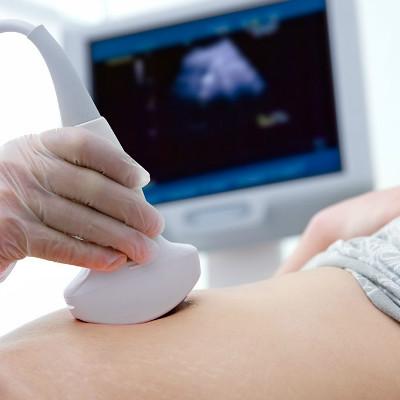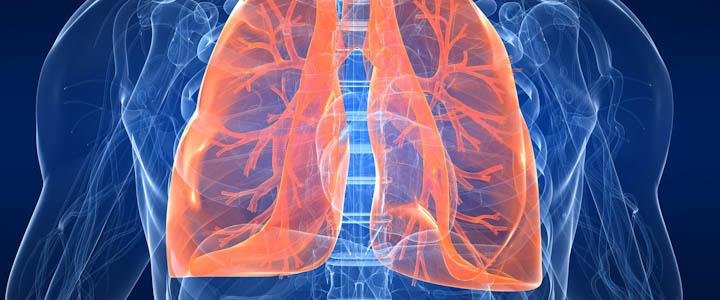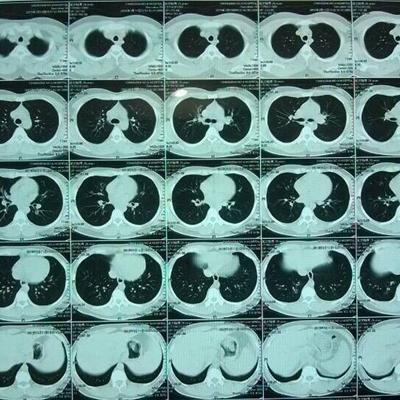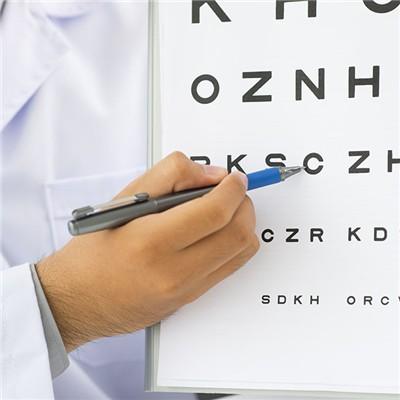Symptoms of esophageal leiomyoma
summary
Esophageal leiomyoma is a common benign tumor of the esophagus, which can occur in all age groups. The high incidence age group is 20-50 years old. It needs to be treated as soon as possible, otherwise the condition will continue to deteriorate, and may eventually endanger life. Therefore, once the symptoms of esophageal leiomyoma appear, attention should be paid to early treatment.
Symptoms of esophageal leiomyoma
Dysphagia is the most common symptom of esophageal leiomyoma. It develops slowly, intermittently and is not serious. It is completely different from the progressive dysphagia caused by esophageal malignant tumor. The time interval from no dysphagia to dysphagia is usually very long. The severity of dysphagia is not necessarily related to the size and location of the tumor, but mainly depends on the extent of the tumor surrounding the esophageal lumen.

The main symptoms of esophageal leiomyoma are various kinds of pain or discomfort in the back of sternum, under xiphoid process or upper abdomen, including dull pain and fullness in the upper abdomen. The pain can be released to the back or shoulder, which has nothing to do with diet. Patients often complain of abdominal fullness, pressure or abdominal pain.

Suffering from esophageal leiomyoma, there will be some gastrointestinal symptoms, such as loss of appetite, nausea, belching, nausea and vomiting. Some patients have heartburn, which may be related to esophageal hiatal hernia. Very few esophageal leiomyomas spread to the gastric wall and submucosa, which can form ulcer on the surface of local gastric mucosa and cause bleeding. The main clinical manifestation of patients is repeated hematemesis.

matters needing attention
Large esophageal leiomyoma is common in the lower part of the esophagus, and can extend to the cardia or stomach, and form a serious adhesion with the gastric mucosa. Local gastric mucosa has ulcer, so partial gastrectomy is needed.

















